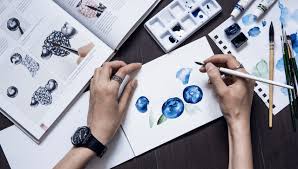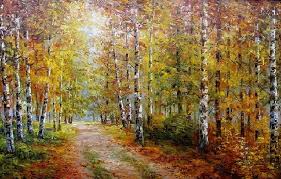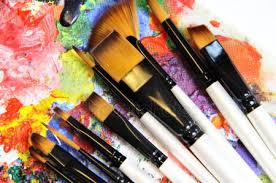external resemblance
ART UNIONS AND CREATIVE UNIONS OF RUSSIA ON THE TURN OF THE XIX-XX CENTURIES (part 2)
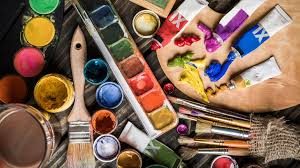 The Association of New Architects (ASNOVA) is the first organization of innovative architects in post-revolutionary Russia, founded in 1923 in Moscow. The aim of the Association was to develop a new formal-artistic language of architecture, new methods of architectural education. The Association was closely connected with the Faculty of Architecture of Vhutemas, its members (N.V. Dokuchaev, V.F. Krinsky and others) organized a special department there, where teaching was conducted according to the new methodology. In addition, members of ASNOVA appeared in the press on various issues of architecture, and also prepared the publication “Architecture of Vhutemas” (M., 1927). Continue reading
The Association of New Architects (ASNOVA) is the first organization of innovative architects in post-revolutionary Russia, founded in 1923 in Moscow. The aim of the Association was to develop a new formal-artistic language of architecture, new methods of architectural education. The Association was closely connected with the Faculty of Architecture of Vhutemas, its members (N.V. Dokuchaev, V.F. Krinsky and others) organized a special department there, where teaching was conducted according to the new methodology. In addition, members of ASNOVA appeared in the press on various issues of architecture, and also prepared the publication “Architecture of Vhutemas” (M., 1927). Continue reading
HISTORY OF THE DEVELOPMENT OF THE DUTCH AND FLEMAND STILL LIFE (part 1)
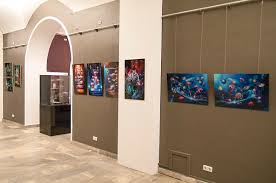 In the 50s and 60s of the 16th century, the situation in the Netherlands became extremely tense. If in the first half of the century the burden of economic exploitation by Spain was balanced to a certain extent for the bourgeoisie with the benefits derived from the inclusion of the Netherlands in the world empire of the Habsburgs, which guaranteed the security of trade, in the second half of the 16th century the situation radically changed. The dependence of the Netherlands on feudal Catholic Spain became a brake on the further development of the country.
In the 50s and 60s of the 16th century, the situation in the Netherlands became extremely tense. If in the first half of the century the burden of economic exploitation by Spain was balanced to a certain extent for the bourgeoisie with the benefits derived from the inclusion of the Netherlands in the world empire of the Habsburgs, which guaranteed the security of trade, in the second half of the 16th century the situation radically changed. The dependence of the Netherlands on feudal Catholic Spain became a brake on the further development of the country.
Increased pressure on the Dutch provinces, the tax system, which undermines the foundations of trade – all this delayed the development of productive forces. The free development of the bourgeoisie has already become incompatible with the feudal system. Continue reading
EXCURSION TO THE WORLD OF PAINTING (part 2)
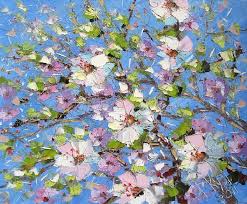 By depicting reality on a two-dimensional plane, painting creates the illusion of three-dimensionality and volume: people and objects appear to be at different distances from the viewer — some closer, others farther, and nature depicts a current that sky seems to stretch to the horizon. For example, in a relatively small picture by I. Levitan “Vladimirka” the road is perceived as infinity.
By depicting reality on a two-dimensional plane, painting creates the illusion of three-dimensionality and volume: people and objects appear to be at different distances from the viewer — some closer, others farther, and nature depicts a current that sky seems to stretch to the horizon. For example, in a relatively small picture by I. Levitan “Vladimirka” the road is perceived as infinity.
The impression of depth is achieved using the law of perspective. A linear perspective makes it possible to build the apparent outlines of objects, and an aerial perspective – a change in color and shape. Thanks to chiaroscuro, an illusion of volume, bulge is created. Chiaroscuro is formed by a subtle and accurate combination of the illuminated and unlit side of the objects depicted in the picture. Continue reading
